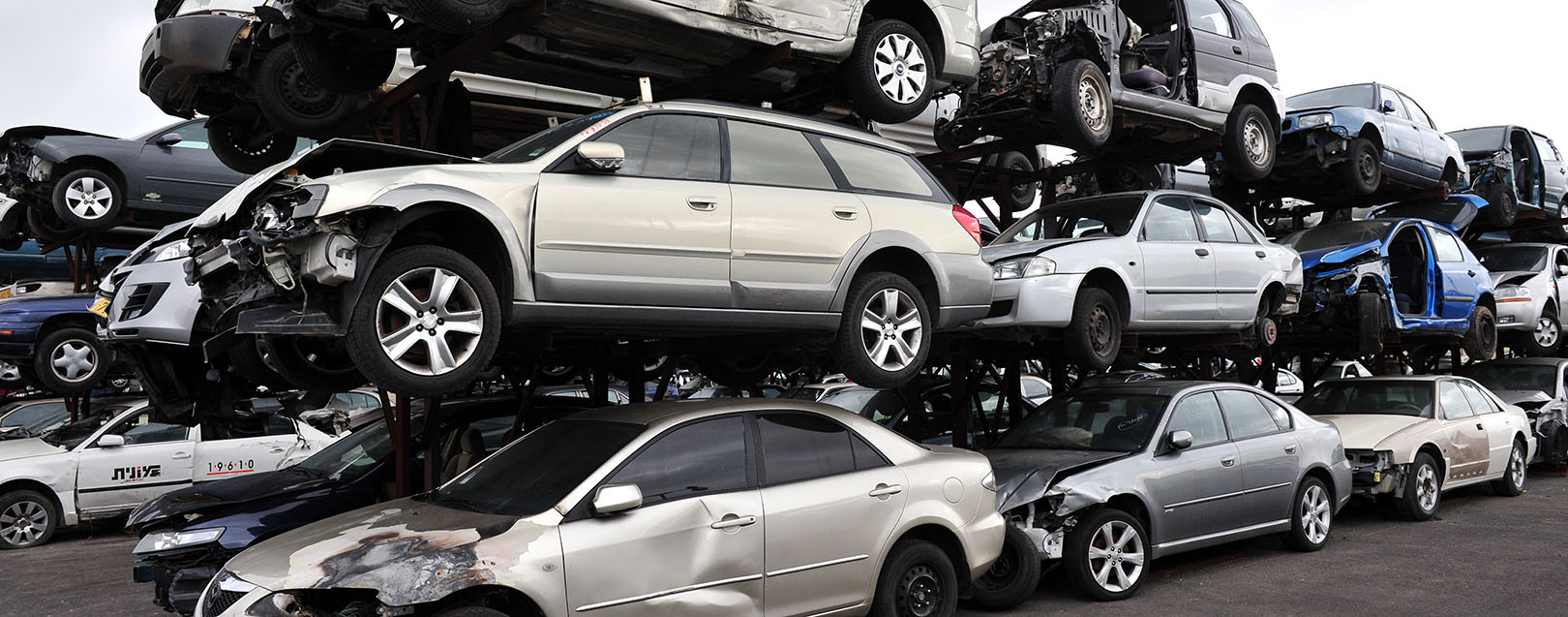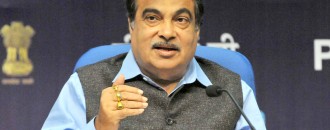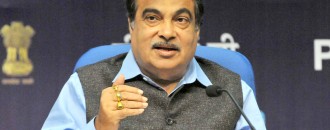
Auto industry to grow by 22% after roll out of vehicle scrappage policy
Deepak Kumar
The Indian automobile sector is expected to grow by 22% once the vehicle scrappage policy is fully implemented, Road, Transport and Highway Minister Nitin Gadkari said on Tuesday.
“We will bring an elaborate scrappage policy. In the first phase, 15-year-old commercial vehicles will be eligible for scrapping. These vehicles account for 65% of the pollution,” Gadkari said at the Society of Indian Automobile Manufacturers (SIAM) annual session in New Delhi. Stressing the point he said the Road and Transport Ministry has already made a presentation to the Ministry of Finance three days ago but underscored that the policy will be incorporated in a sequential manner, according to which commercial vehicles over 15 years old will be scrapped.
The policy is aimed at providing benefits to the industry, vehicle owners and the government. The government would give special incentives to car owners in the form of concessions from the manufacturers, state government and the central government. According to government’s estimates, this policy will benefit both the state and the central government by almost Rs.10,000 crore and Rs.20,000 crore respectively.
He also said the government is looking to make an auto cluster with an area of 1 lakh acre in Kandla, where old cars will be scrapped, and aluminium, steel and copper would be sold to the manufacturers at cheaper rates. This facility would also cut down the industry’s dependence on imports, which will in turn, benefit the domestic industry.
At the conference, Gadkari along with all the participants stressed on the need to improve the R&D to boost the quality of Indian-manufactured vehicles.
The minister used this platform to exhort that the government is keen on cutting down the logistics cost, and urging the automobile-makers to extend a helping hand in this ambitious agenda. He emphasised on using about 7,500 km of seafront and 20,000 km of river front to substantially reduce logistics cost. "There is a lot of potential on waterways, and adopting this strategy can lower down the cost of vehicles in the North East region by Rs 5,000 crore.”
Speaking at the session, SIAM President Vinod Dasari said the country’s ever-expanding auto industry has witnessed an enormous loss of Rs.4,000 crore in just about eight months, after the ban was imposed on diesel vehicles with an engine capacity of 2,000cc and above.
“The courts decided to ban those vehicles which actually meet the standards set by the government. It is for the first time that when you meet the law you actually get penalised. The auto industry has lost Rs 4,000 crore in the last eight months,” Dasari said.
“It’s a matter of great pride that the auto sector provides 30 million jobs and accounts for 50% of the manufacturing GDP. It is sad when there is congestion, then the auto industry is blamed; when there is pollution, auto industry is blamed and when there is an accident auto industry is blamed,” Dasari noted.
The Credit Rating Agency McKinsey noted that the Indian automobile industry should focus more on innovation to raise its standards among the global automobile segment. It said that the Indian auto industry has tremendous potential, considering its dynamic domestic market, funneled by enormous demand and supply, and that it should leverage its true potential to be the driver of global automobile growth.





 to success.
to success.